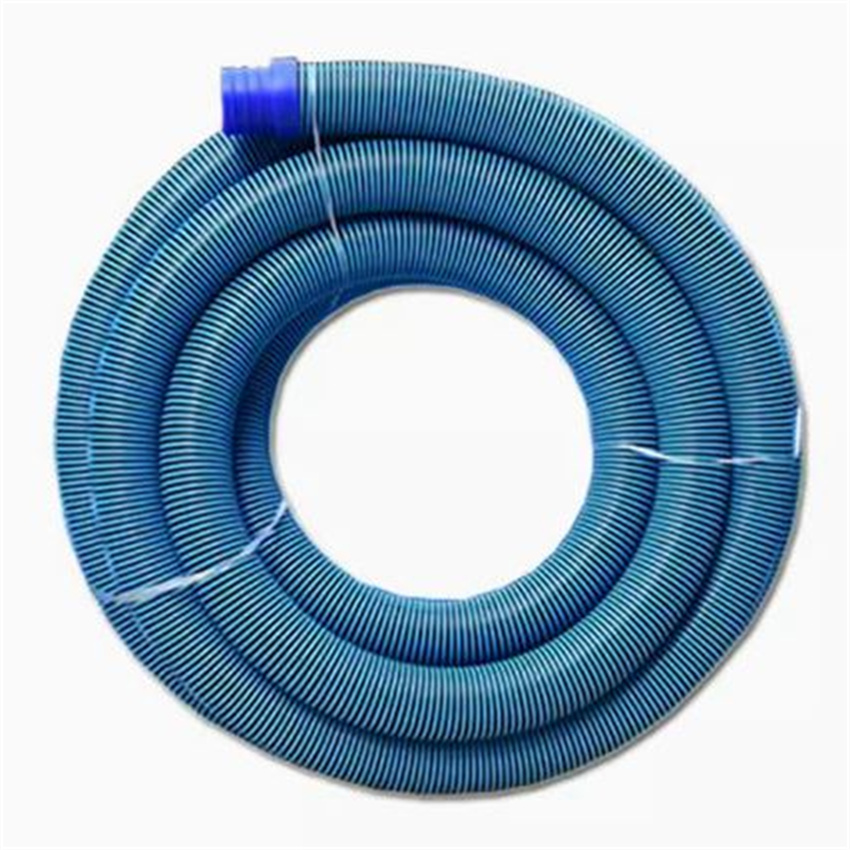Comparing Braided Hoses and Standard Hoses for Performance and Durability Differences
Braided Hose vs. Standard Hose A Comprehensive Comparison
When it comes to selecting the right type of hose for your specific needs, two popular options often come into play braided hoses and standard hoses. Both types serve essential functions across various industries, from automotive to manufacturing and plumbing. However, their construction, performance, and applications differ significantly. This article aims to explore these differences to help you make an informed decision.
Construction and Material
One of the critical differences between braided hoses and standard hoses lies in their construction. Standard hoses are typically made of a single layer of rubber or PVC, which offers basic functionality for transporting liquids or gases. The simplicity of this design makes standard hoses lightweight and flexible, but they may not withstand high pressure or extreme temperatures.
Braided hoses, on the other hand, feature a more complex construction. They are typically composed of a rubber or synthetic material inner lining reinforced by one or more layers of braided synthetic fibers or metal. This braided layer lends additional strength, allowing braided hoses to handle higher pressures and temperatures compared to their standard counterparts. The construction of braided hoses enables them to resist kinking and twisting, making them ideal for applications where flexibility and durability are paramount.
Performance and Durability
When it comes to performance, braided hoses generally outperform standard hoses in several key areas. Their braided construction provides superior flexibility and resistance to abrasion, which makes them suitable for environments where hoses are subjected to wear and tear. This durability means that braided hoses often have a longer lifespan, reducing the need for frequent replacements.
In contrast, standard hoses, while effective for low-pressure applications, can rupture under high pressure. They may also become brittle over time, particularly in extreme heat or cold, leading to leaks and failures. This limitation makes them less ideal for heavy-duty applications where reliability is critical.
Applications
braided hose vs standard hose

Braided hoses are commonly used in applications requiring high pressure and temperature tolerance. Examples include hydraulic systems, automotive fuel lines, and high-performance machinery. Their robustness makes them suitable for both industrial and consumer applications, including specialized uses like medical devices and firefighting equipment.
Standard hoses, however, find their niche in lighter-duty applications. They are often used for gardening, basic plumbing tasks, and air or water supply in residential settings. While they serve well in their intended applications, their limitations can pose risks in more demanding environments.
Cost Considerations
Cost is another essential factor to consider when selecting between braided hoses and standard hoses. Standard hoses are generally more affordable, making them an attractive option for budget-conscious consumers or businesses. Their lower initial investment can be appealing, particularly for temporary jobs or light-duty tasks.
However, when evaluating the overall value, braided hoses may offer better long-term savings despite their higher upfront cost. Their durability and lower maintenance requirements can lead to decreased expenses over time, especially in high-frequency or critical applications where failure is not an option.
Conclusion
In summary, the choice between braided hoses and standard hoses ultimately depends on your specific needs and applications. If you require flexibility, durability, and the ability to withstand high pressures and temperatures, braided hoses are the superior choice. Their robust construction and resistance to wear make them ideal for demanding applications.
On the other hand, if you are looking for a cost-effective solution for light-duty tasks or applications with minimal pressure and temperature requirements, standard hoses may suffice. Ultimately, considering factors such as performance, durability, cost, and application will guide you in selecting the right type of hose for your needs. Whether you prioritize budget or longevity, understanding the differences will lead to an informed and effective choice.
-
Top Quality Oxy Acetylene Hoses for Sale Fit for Welding DemandsNewsJul.28,2025
-
The Future of Pneumatic Air Tubes in IndustryNewsJul.28,2025
-
Superior and Reliable LPG Hose Pipe Solutions for Every NeedNewsJul.28,2025
-
Exceptionally Durable and Versatile Premium Braided PVC TubingNewsJul.28,2025
-
Best Adapters for Connecting Garden Hose to PVC Pipe ConnectionsNewsJul.28,2025
-
The Essential Role of LPG Hoses in Safe and Efficient Gas DistributionNewsJul.16,2025














